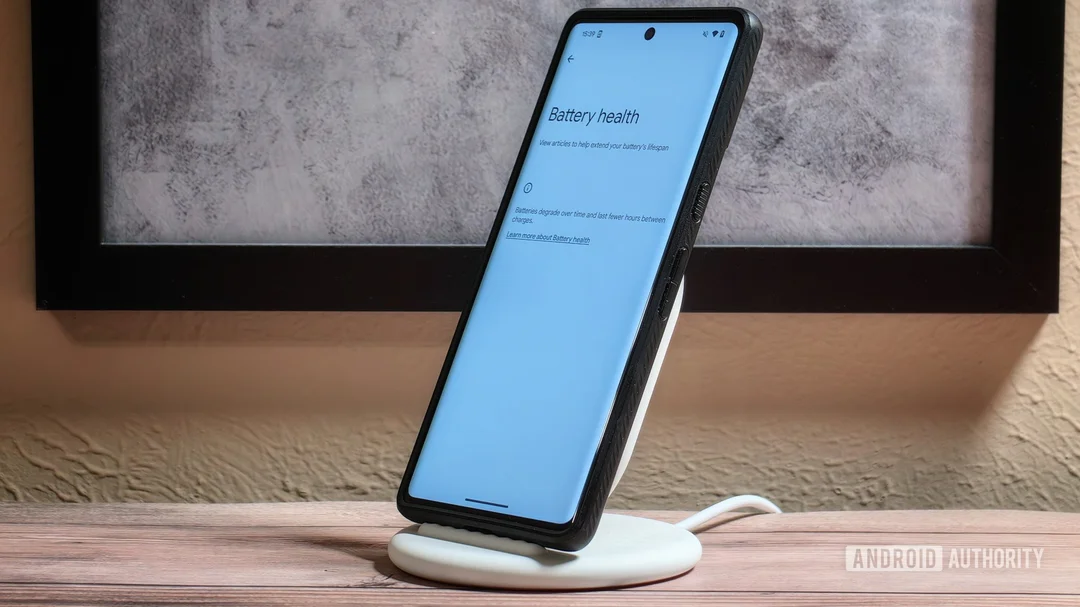
Google Restricts Android 16 Battery Health Feature to Newer Pixels: Pixel 8 Pro Left Out
The highly anticipated Battery Health feature in Android 16 is causing a stir among Pixel users. While the feature promises to provide valuable insights into battery degradation, Google has confirmed that it will only be available on the Pixel 8a and the upcoming Pixel 9 series, leaving older devices, including the Pixel 8 and Pixel 8 Pro, in the dark.
This decision, attributed to unspecified "product limitations," has sparked frustration among users who expected the feature to roll out to a broader range of devices. The Battery Health menu, found in Settings > Battery > Battery health, displays the battery's current capacity as a percentage of its original level and offers tips for extending battery life.

The exclusion of the Pixel 8 and Pixel 8 Pro, both released in October 2023, is particularly perplexing. These are flagship-level phones, considerably more recent than the iPhone 6, which received a similar Battery Health feature back in 2017 as part of iOS 11.3. The disparity has led many to question Google's reasoning behind the limited rollout.
According to a Google response on the Android Issue Tracker, the Battery Health Indicator feature is specifically supported in Beta 3 on Pixel 8a and Pixel 9 products, including the 9 Pro Fold. This contradicts earlier expectations that the feature would be widely available. The confirmation has been met with disappointment, as users relied on this feature to better understand their phone's battery performance.
Mishaal Rahman from Android Authority pointed out that Google has been working on a Battery Health menu since Android 14 QPR2 Beta 2, released in December 2023. After a lengthy development period, its limited accessibility has become a point of contention. The exclusion is particularly jarring considering some Android OEMs have implemented similar features in their skins, though often limited to newer hardware anyway.
The newBattery Health interface also consolidates battery-related settings. Google has moved Charging optimization (Adaptive Charging or Limit to 80%) to the bottom of the Battery Health page making these choices more prominent. Some sources mention that the response from Google cited Beta 3 when Beta 4 is now the latest release, adding further confusion.

The selective rollout leaves users of older Pixel phones with limited options for monitoring battery health. While third-party apps exist, a native solution is often preferred for its accuracy and integration. This move by Google has raised questions about the company's commitment to supporting its existing user base and providing consistent features across its product line.
What are your thoughts on Google's decision to limit the Battery Health feature to newer Pixels? Do you think Google will eventually expand the feature to older devices? Share your opinions in the comments below.